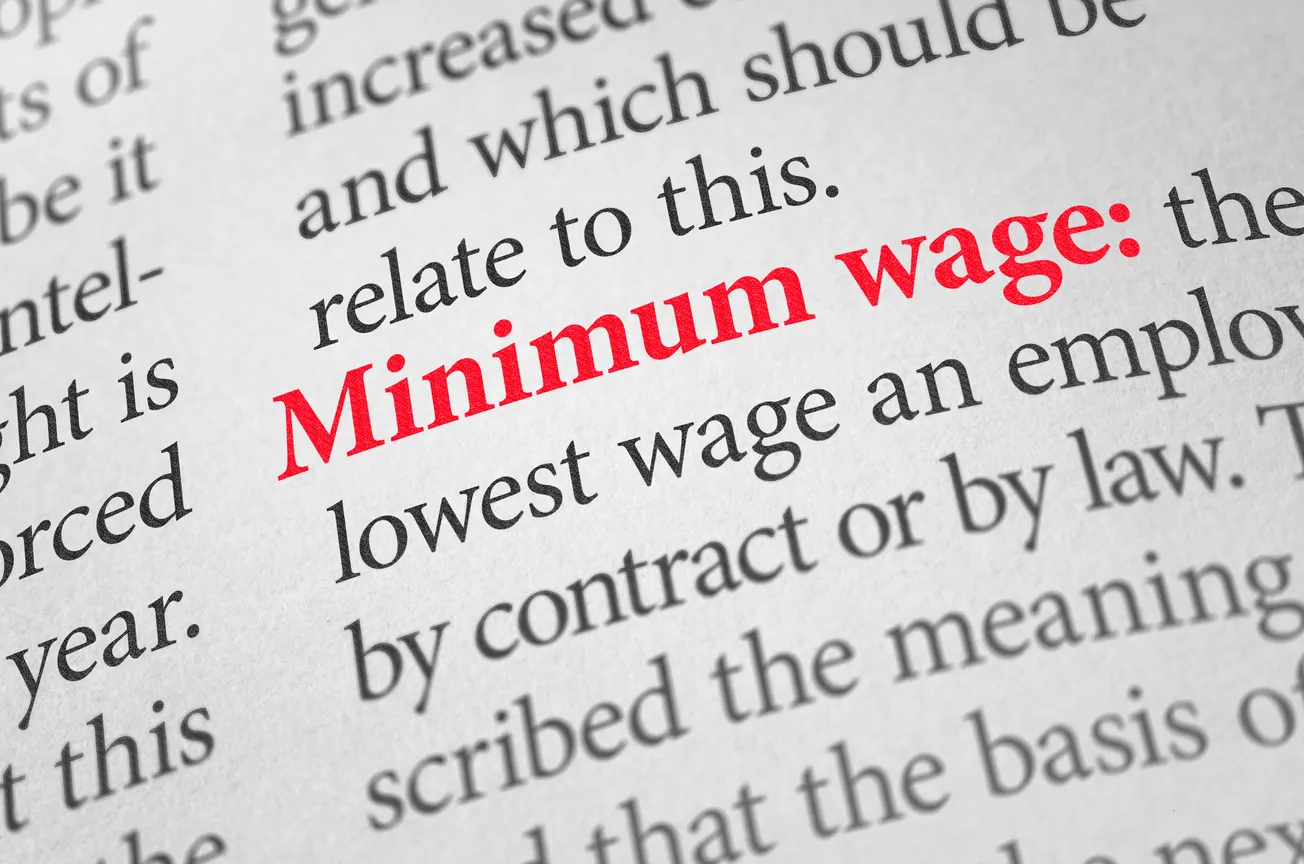As of January 2025, 21 U.S. states have implemented minimum wage increases. These changes carry far-reaching implications, particularly for the retail and grocery sectors, which are among the largest employers of minimum-wage employees.
The Shift Toward Livable Wages
The push for higher minimum wages aligns with a broader societal trend toward livable wages and improved working conditions. Companies that proactively adapt to these changes can benefit from enhanced brand reputation and customer loyalty. Walmart’s wage policies have garnered praise from labor advocates and policymakers, positioning the company as a leader in corporate responsibility.
Minimum wage increases are designed to enhance the purchasing power of low-income workers, potentially boosting consumer spending. For retailers and grocers, this could translate into higher sales of essential goods and services. However, the actual impact depends on how businesses balance increased labor costs with pricing strategies.
Walmart’s Proactive Wage Strategies
Walmart, the nation’s largest private employer, serves as a critical case study in navigating these transitions, leveraging its scale to adapt and compete effectively.
Walmart has historically been a focal point in debates over minimum wage policies. Recognizing the evolving labor market and societal pressures, Walmart raised its starting hourly wage from $12 to $14 in early 2024. This move was accompanied by the introduction of an annual bonus program for hourly employees, offering payouts of up to $1,000 based on tenure and store performance.
By mid-2024, Walmart’s subsidiary, Sam’s Club, increased its entry-level wage from $15 to $16 per hour, affecting nearly 100,000 workers. These actions were part of a broader effort to improve employee retention, morale, and recruitment.
Walmart’s compensation strategy also includes regional variations to reflect local economic conditions. While the company’s base wage is $14, certain locations offer starting wages as high as $17 per hour. This approach enables Walmart to attract and retain talent in markets with higher living costs or more competitive labor conditions.
In Arkansas, where Walmart’s corporate headquarters are located, wages range significantly depending on role and experience, from approximately $8.77 to $25.67 per hour. These measures underscore Walmart’s effort to balance competitiveness with cost efficiency.
Regional Variations and Competitive Dynamics
The effects of minimum wage hikes vary significantly across regions. States with higher costs of living, such as California and New York, experience different impacts compared to states with lower living costs. Walmart’s tailored wage policies reflect these regional dynamics, ensuring competitiveness in diverse markets. For instance, higher starting wages in metropolitan areas help attract talent, while standard rates suffice in less competitive regions.
Target has consistently been at the forefront of wage increases, setting its starting hourly wage at $15 in 2020 and raising it to a range of $15 to $24 in 2022, depending on job and location. These measures have positioned Target as a leader in employee compensation, offering a competitive advantage in attracting talent.
Larger retailers like Walmart and Amazon, with greater resources and economies of scale, are better positioned to absorb higher labor costs. Smaller businesses, however, may struggle to compete, potentially leading to market consolidation and reduced consumer choice.
Price Adjustments
Higher payroll expenses often lead to price increases as businesses attempt to maintain profit margins. For example, California’s implementation of a $20 minimum wage for fast-food workers in 2024 prompted chains like Wendy’s and Chipotle to raise menu prices by 7% to 8%. In the grocery sector, price adjustments can alter consumer behavior, driving shoppers toward discount retailers or private-label products.
Implications for Retail and Grocery
The retail sector, characterized by tight margins and extensive workforces, faces unique challenges in adapting to minimum wage increases. The ripple effects of higher labor costs are evident in various operational, pricing, and strategic adjustments.
Retailers have increasingly turned to automation and technology to offset rising labor costs, including self-checkout systems and automated inventory management to reduce labor dependency. These innovations not only streamline operations but also help mitigate the financial impact of wage hikes.
However, smaller retailers, which often lack the resources to implement such technologies, face tougher choices. Many resort to reducing staff hours, limiting operating hours, or even closing stores. This disparity highlights the uneven burden of minimum wage increases across the retail landscape.
The grocery industry operates on razor-thin profit margins, typically between 1% and 3%, making it particularly sensitive to labor cost increases. Grocers have adopted innovative solutions to navigate these challenges while maintaining service quality.
Automation has become a key strategy for grocers to manage labor costs. Self-checkout lanes, automated stocking systems, and robotic cleaners are now commonplace in many stores. Walmart has gone further, experimenting with drone deliveries and autonomous floor scrubbers to improve operational efficiency.
Labor Retention and Morale
Higher wages and improved benefits can enhance employee retention and morale—critical factors in an industry plagued by high turnover rates. Walmart’s initiatives, including bonus programs and annual pay increases, aim to create a more engaged and stable workforce. Similarly, other grocers like Kroger and Albertsons have introduced enhanced benefits and training programs to attract and retain talent.
California’s $20 Minimum Wage
California’s decision to set a $20 minimum wage for fast-food workers in 2024 offers insights into potential outcomes. Many fast-food chains responded by raising prices, automating operations, and reducing employee hours. These patterns are likely to extend to the retail and grocery sectors as wage policies evolve.
Small Business Challenges
Small retailers and independent grocers face significant challenges in adapting to wage increases. Without the financial reserves of larger corporations, these businesses often struggle to absorb higher labor costs. Many are forced to downsize or close, reducing competition and limiting consumer options.
Ongoing legislative efforts to raise the federal minimum wage, currently set at $7.25 per hour, could further influence the retail and grocery sectors. Proposals to increase the federal rate to $15 or higher have gained momentum, promising far-reaching implications for businesses operating in states with lower wage thresholds.









